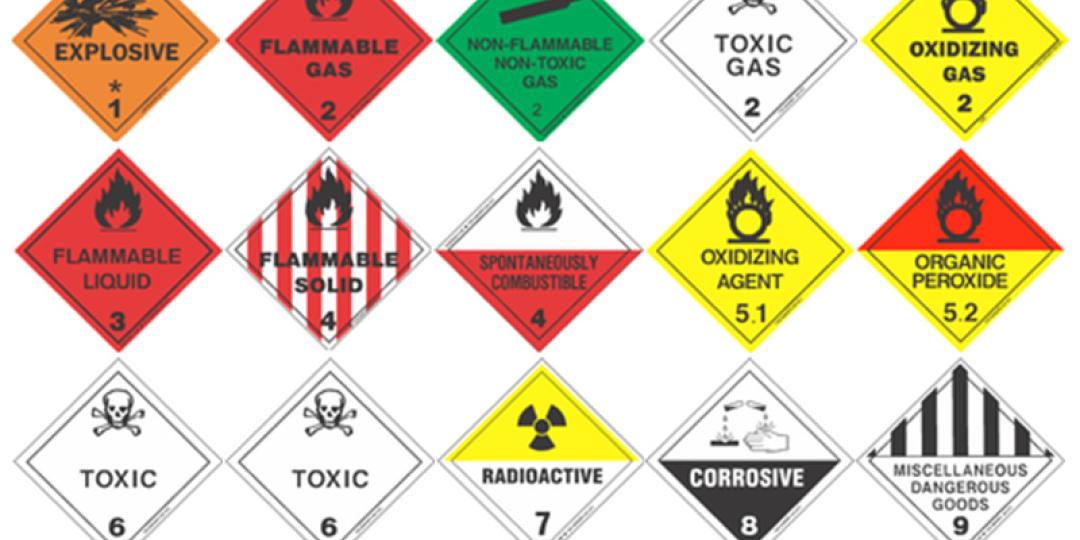Dealing with dangerous goods in the air cargo supply chain is complex, complicated, difficult, and subject to many different hazards and the risks that accompany the hazards.
As background dangerous goods are defined by the International Civil Aviation Organization (Icao) and in South African Civil Aviation Regulations as:
“dangerous goods” means articles or substances which are capable of posing significant risk to health, safety, property or environment when conveyed by air and which are shown in the list of dangerous goods in the International Civil Aviation Organization Technical Instructions for the Safe Carriage of Dangerous Goods or which are classified according to those Instructions;
Some 4 500 individual articles are specified in the Icao Technical Instructions and the International Air Transport Association (Iata) Dangerous Goods Regulations and, as can be seen from the definition above, an item does not have to be shown in the regulations or technical Instructions; it can be classified as dangerous without having to be named in the documents.
The traditional freight forwarders have less of a dangerous goods challenge than the express parcel and courier industries. Freight forwarders generally know their clients, they know what commodities they ship and, maybe most importantly, they have time to deal with each shipment in detail.
In the express and courier industry this is very often not the case. They deal with the public to a far larger degree that freight forwarders, they do not always know their clients, and they have no idea what their clients may ship. And time is always a factor - with people demanding overnight deliveries deadlines are always very tight.
And to complicate matters, people who consign items by courier often have absolutely no idea of the existence of a thing called “dangerous goods”. This lack of knowledge and experience with the Dangerous Goods Regulations very often extends to companies using courier services to move goods - including the burgeoning eCommerce market where anybody can open an online store and trade.
The express and courier industry has also been creative with innovations such as “drop boxes” for easy introduction of parcels into the system being widely adopted.
Many companies are matching these business development innovations with systems to deal with the increased hazards and risks. This can be seen in the increasing use by companies of closed loop systems between countries where dangerous goods will only be shipped between countries that have an acceptable risk profile. This can either be by way of national regulations or by the introduction of stricter company-specific measures such as more precise declarations of content examination prior to shipping.
Local delivery is also being impacted by more stringent safety measures being introduced by companies driven by increase hazard and risk to the supply chain.
Innovation is good for business but a dangerous goods incident is not; innovations in business must be accompanied by innovations in safety and security to protect the supply chain and the travelling public.











